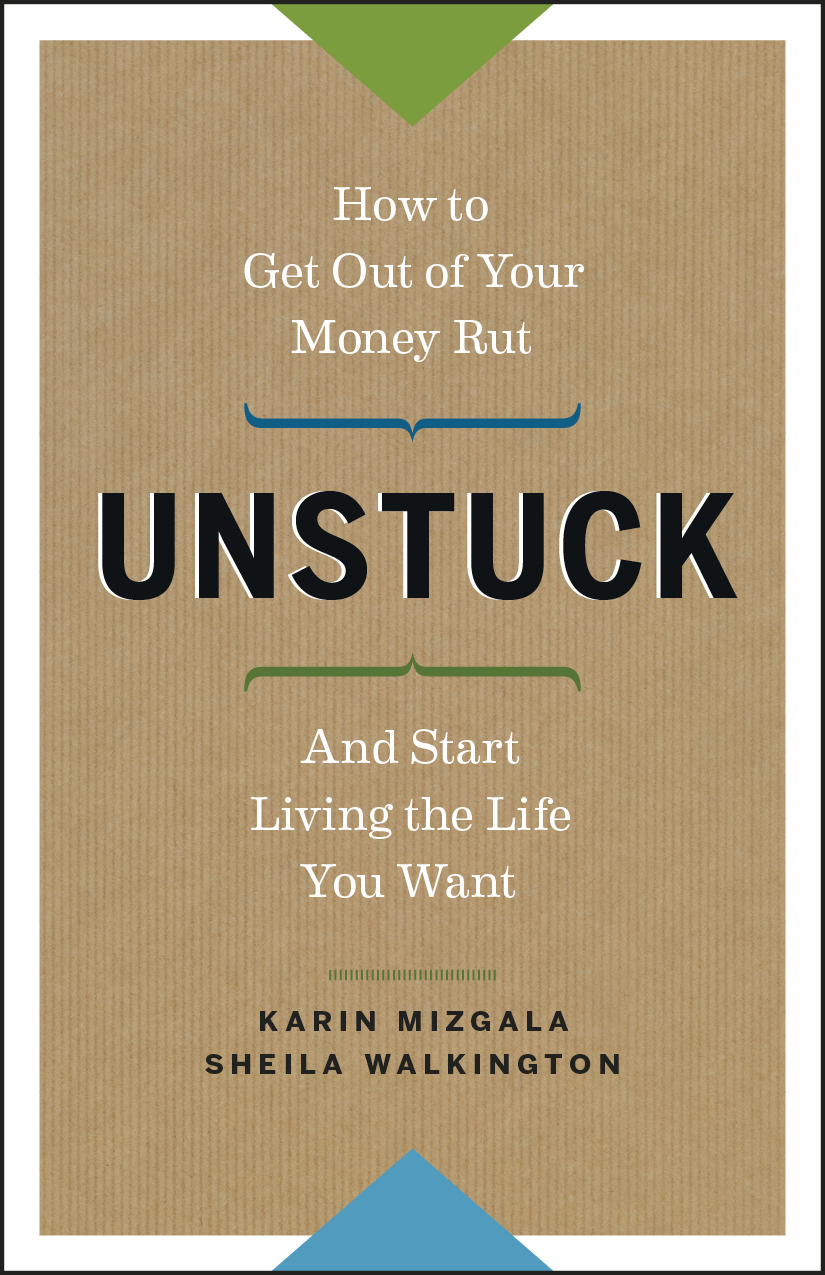![]() The key to feeling confident about your investments isn’t being privy to the latest hot stock tip; it’s having a well-thought-out investment plan that supports your ability to make sound decisions, rather than making decisions based on emotions, fear or market fluctuations.
The key to feeling confident about your investments isn’t being privy to the latest hot stock tip; it’s having a well-thought-out investment plan that supports your ability to make sound decisions, rather than making decisions based on emotions, fear or market fluctuations.
Your investment plan should reflect the level of risk you can live with. 
That means striking a balance. You don’t want to be pacing the floor because your money is in stocks you fear will crash. Neither do you want to be pacing the floor because you don’t have enough money for a decent mattress in your golden years!
One of the things that stops people from being comfortable with investing is the risk of losing capital. Of course, no one wants to lose money on their investments. But there are other risks that need to be considered as well—such as the risk of inflation or the risk that you’ll outlive your savings. These are risks you face if you don’t choose investments that are appropriate for your goals. And they represent one of the reasons why you may need to invest at least some of your money in higher-growth investments.
That is not to say you should take unreasonable or inappropriate risk. The key is setting up an investment plan that is consistent with the level of risk that you’re comfortable with and the time frame you have before you need the money for your goal. As a number of studies have shown, the more knowledge people have, the more comfortable they are taking the appropriate amount of risk with their investments.
The time frame over which you hold an investment before it’s cashed in or liquidated is known as the investment time horizon. The longer the time period before you need to use that money from your investments, the more risk (at least in theory) you can take on.
In the short run it may feel like investing your money in higher-growth investments like stocks or stock mutual funds was a mistake. Or at the very least, you may be quite uncomfortable if you see the value of your investments go down. However over the long run, (with long run defined as seven years or more), higher-growth investments have typically provided higher returns than investments like GICs, savings accounts or Canada Savings Bonds.
UNSTUCK – How to Get out of Your Money Rut and Start Living the Life you Want
by Karin Mizgala and Sheila Walkington
Excerpt from: Chapter 10 – Invest in Yourself

